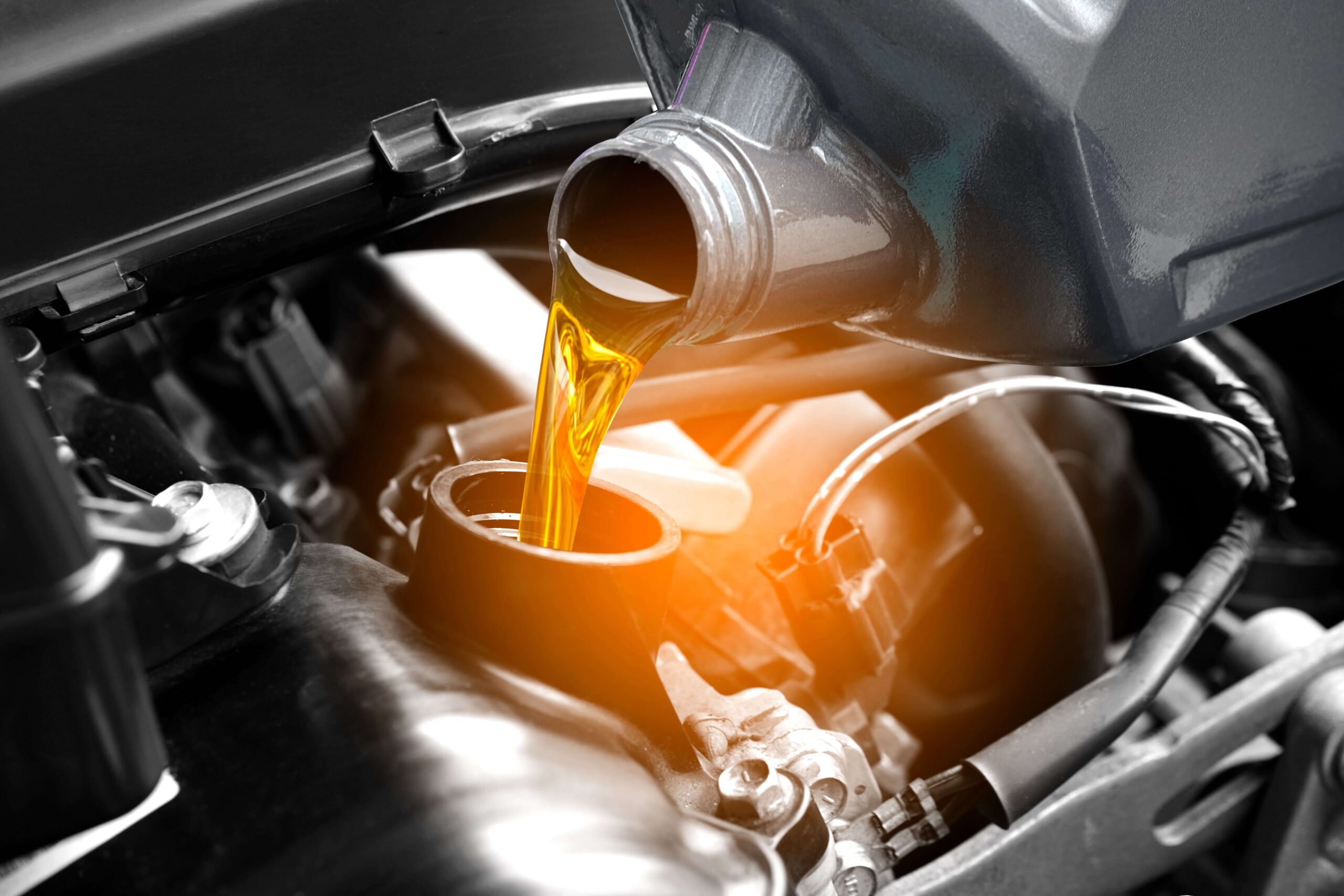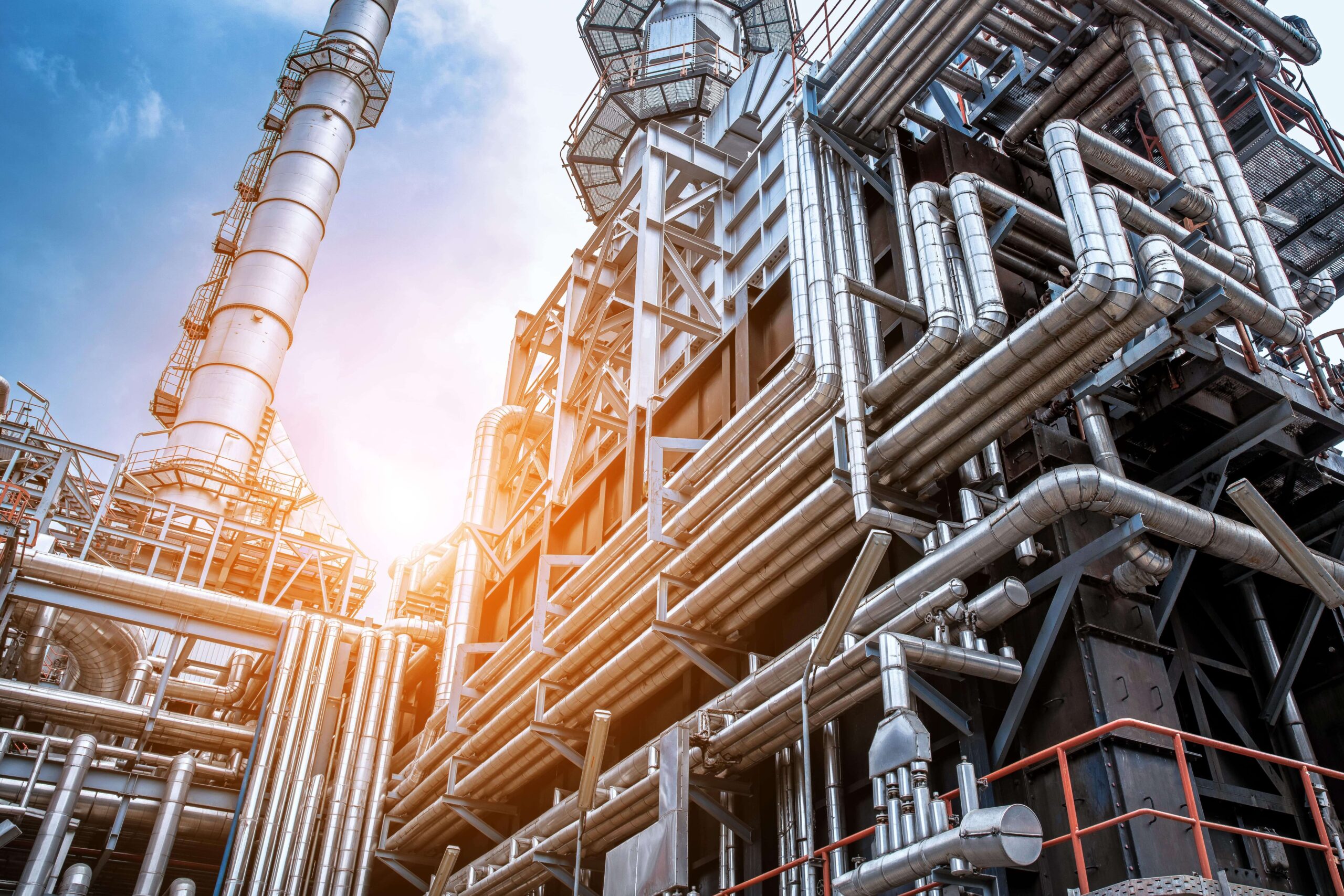Introduction: Why Understanding Grease Matters
Grease is one of the most essential lubricants in a variety of mechanical and industrial applications. It is crucial for reducing friction and extending equipment life as well as ensuring smooth operation. In this article we will explore the world of grease, analyzing its types, properties, and classifications, including NLGI grades and service classifications. Understanding these aspects is important for selecting the right grease for your specific applications, to endure optimal performance, and extend the lifespan of your machinery. Whether you’re a professional or just curious about the role of grease in modern machinery, this guide will provide valuable information.
Article Outline
- What is Grease and Why is it Important in Lubrication?
- Breaking Down Grease Classification: Understanding the Basics
- Types of Grease: What Are the Differences?
- Exploring Grease Properties: What Makes a Good Lubricant?
- The Role of NLGI in Grease Grading
- Understanding the Various Grease Grades and Their Applications
- Thickeners in Grease: What Are They and Why Do They Matter?
- Base Oil in Grease: The Foundation of Lubrication
- The Science Behind Grease Components and Additives
- Choosing the Right Grease: How to Make the Best Decision?
What is Grease and Why is it Important in Lubrication?
Grease is a semi-solid lubricant, a mixture of base oil and a thickener which is usually enhanced with additives, depending on its intended use. It plays a crucial role in reducing friction and wear in moving parts, like bearings. This is why it is an indispensable asset in industrial and mechanical applications. Unlike liquid lubricants, grease stays in its place, providing lasting protection and of course lubrication, which is crucial in heavy duty and high temperature environments.
The significance of grease extends beyond its function as a lubricant. Its unique composition allows it to perform effectively under a range of conditions where liquid lubricants might fail. Some example are: environments with extreme pressure, high loads, or fluctuating temperatures, in which grease maintains its consistency, ensuring continuous and reliable lubrication.
This is particularly important in safeguarding crucial machinery components against corrosion, extending their operational life, and at the same time reducing maintenance requirements.
At SLIDER, the choice of thickener and additives in our greases can be customized to meet your specific application needs, enhancing its versatility across various industries.
LS
Breaking Down Grease Classification: Understanding the Basics
Grease classification involves categorizing products based on their properties, such as thickener type, NLGI grade, and intended use. This classification is essential for identifying the appropriate grease for an intended application, ensuring compatibility and optimizing performance.
The foundation of grease classification lies in its composition: primarily focusing on the type of thickener and base oil used.
Thickeners, which can range from simple soaps like lithium, calcium, and aluminum to more complex substances like polyurea, give the grease its texture and define its compatibility with different applications.
Base oil, whether it’s mineral or synthetic, significantly influences the grease’s temperature range, viscosity, and overall lubricating properties.
Understanding these key components helps in discerning the suitability of a grease for specific environmental conditions and mechanical requirements.
LS EP
Types of Grease: What Are the Differences?
There are various types of grease, each designed for specific applications. Each type has unique properties and uses. Lithium grease, for example is known for its high water resistance and it is used mostly in automotive applications.
Beyond lithium grease, other types such as calcium grease and complex greases offer different advantages. Calcium grease, known for its exceptional stability in wet environments, is often used in marine applications where water exposure is a constant challenge. Complex greases, on the other hand, are formulated by combining different thickening agents, resulting in a lubricant that can withstand higher temperatures and more extreme conditions than standard greases.
This versatility makes complex greases a preferred choice in high-temperature industrial applications, such as in high-speed bearings or automotive wheel bearings. Each type of grease, with its distinct composition, addresses specific lubrication challenges, highlighting the importance of choosing the right grease for the right application.
LCS EP
Exploring Grease Properties: What Makes a Good Lubricant?
Properties of grease such as: consistency, dropping point and water resistance, determine its effectiveness as a lubricant. Understanding these properties helps in selecting the right one for specific conditions, like high temperatures or exposure to water.
Thermal stability of grease is critical in ensuring it maintains its structure and lubricating properties under varying temperature ranges, a key consideration in environments subject to extreme heat or cold. The ability of grease to resist oxidation and corrosion is essential for protecting metal surfaces and prolonging the lifespan of machinery, particularly in harsh or chemically aggressive environments.
CSX
The Role of NLGI in Grease Grading
The National Lubricating Grease Institute (NLGI) https://www.nlgi.org/ grading system classifies grease based on its consistency. Ranging from 000 (very fluid) to 6 (very hard), this grade is a key factor in selecting the right grease for a particular application. NLGI is a not-for-profit trade association, primarily composed of companies who manufacture and market all types of lubricating grease.
This system provides a method for comparing physical characteristics between different greases, ensuring users can make choices based on reliable and standardized data. By understanding the NLGI grade of a grease, technicians and engineers can predict its performance under a variety of conditions, therefore optimizing the efficiency and longevity of the equipment it is used to lubricate.
LS COMP
Understanding the Various Grease Grades and Their Applications
Each grease grade serves different purposes. For instance, NLGI 2 grease is commonly used in general-purpose applications, while NLGI 0 grease is better suited for low-temperature environments. Matching the grease grade with the application ensures optimal performance.
Higher NLGI grades, such as NLGI 3 or 4, are typically used in environments where higher resistance to deformation and better stay-put characteristics are required, like in heavy machinery or high-load bearing applications. Conversely, lower grades, like NLGI 00 or 000, are often preferred in centralized lubrication systems and gearboxes due to their fluidity and ease of application in tight spaces.
To explain it in simpler words, NLGI grades are labels that tell you how thick or thin a grease is. Imagine NLGI 3 or 4 as being thicker greases, and NLGI 00 or 000 as thinner ones.
When you need grease to stay put and not get squished easily, like in big machines or when things carry heavy stuff, you use the thicker NLGI 3 or 4 greases.
On the other hand, when you want grease to flow easily and fit into small, tight spaces, like in machines with lots of gears or systems that automatically provide grease, you go for the thinner NLGI 00 or 000 greases.
CSX V
Thickeners in Grease: What Are They and Why Do They Matter?
Thickeners give grease its consistency and play a crucial role in its performance. Common thickeners include lithium, calcium, and polyurea. The type of thickener affects the grease’s temperature range, water resistance, and compatibility with different materials. The choice of thickener can significantly influence the grease’s mechanical stability, determining how well it can withstand varying loads and pressures in different machinery applications.
LS-2 COMP V
Base Oil in Grease: The Foundation of Lubrication
The base oil in grease determines its fundamental lubricating properties. Mineral oils are common, but synthetic oils are used for extreme temperatures or conditions. The choice of base oil affects the grease’s viscosity, temperature range, and lubricating ability. The type of base oil can influence the grease’s compatibility with various materials, making it a critical factor in preventing chemical degradation or damage to the parts it lubricates.
LS-OG-0H
The Science Behind Grease Components and Additives
Additives enhance grease properties like oxidation resistance, corrosion inhibition, and pressure-bearing capacity. Understanding the role of additives helps in selecting a grease formulation that meets specific performance requirements. By delving into the various types of additives, such as anti-wear agents, rust inhibitors, and friction modifiers, we can better appreciate how these components synergistically work to improve the functionality and longevity of grease in diverse applications.
HAMMER PASTE
Choosing the Right Grease: How to Make the Best Decision?
Selecting the right grease involves considering the application’s specific requirements, such as temperature, load, speed, and environmental conditions. Understanding the properties of different greases and their classifications is key to making an informed choice.
Contact SLIDER for a custom evaluation of all your lubricant needs. Our personnel can help you find the right grease for the right job.
LS-2 COMP MO
Key Takeaways
- Grease is a vital lubricant in various applications, crucial for reducing friction and wear.
- Understanding grease types, properties, and classifications is essential for optimal selection and use.
- NLGI grades and thickeners play a significant role in determining the suitability of grease for specific applications.
- Choosing the right grease involves careful consideration of the application’s specific needs and conditions.
This guide to grease classification, types, and basics aims to empower you with the knowledge to make informed decisions about the right lubricant for your needs, ensuring the longevity and efficiency of your machinery and equipment.








